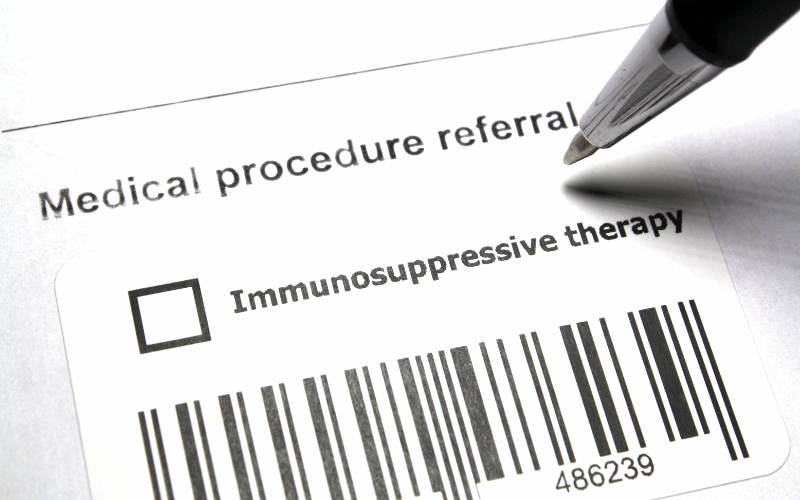Fact 7: Decoding Therapeutic Strategies for HLH

When it comes to taming the rampant immune response in HLH, immunosuppressive drugs serve as the first line of defense. These medications essentially ‘quiet down’ the overactive immune system, alleviating the inflammation and associated symptoms. Corticosteroids, for instance, play a critical role in managing HLH, helping to rapidly reduce inflammation and provide symptom relief.
Chemotherapy, commonly associated with cancer treatment, also has a pivotal role in the treatment of HLH. In the context of HLH, chemotherapy helps to destroy the overactive immune cells causing damage to the body’s tissues and organs. While this might sound counterintuitive, it’s crucial to remember that these overactive immune cells are part of the problem in HLH, not part of the solution.
In some cases, particularly for patients with primary HLH, immunosuppressive drugs and chemotherapy may not be sufficient. Here, hematopoietic stem cell transplantation (HSCT) might be considered. In this procedure, the patient’s faulty immune system is replaced with a healthy one, often sourced from a compatible donor. HSCT serves as a potentially curative option for some HLH patients, offering hope where other treatments might have failed.
Therapeutic strategies for HLH are not without their challenges. Side effects, complications, and the potential for relapse all need to be considered and monitored. Therefore, the management of HLH is a balancing act between controlling the rampant immune response and minimizing the risks associated with treatment.(7)